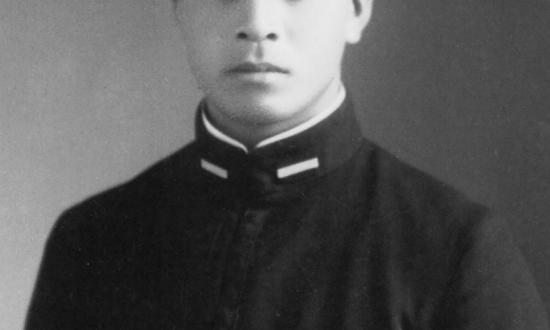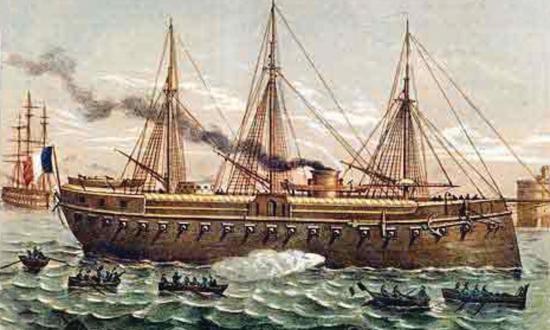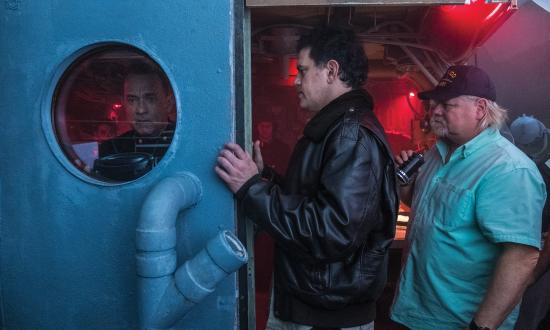World War II ended 75 years ago—and with it, the most epic-scale naval warfare the world has ever seen. We’ve been covering the salient naval historical highlights throughout these 75th anniversary years of World War II, and in this issue we present a capstone to that coverage—a big-picture overview of “The Greatest Naval War Ever Fought.” Courtesy of the ever-reliable Vince O’Hara, it is a brilliant summation of the epochal clash at sea, touching on both Atlantic and Pacific, all the major categories of naval engagement, and all the main phases of the war as it unfolded. And amazingly, Vince does this in one magazine article!
During those climactic months of 1944–45 in the Pacific war, the on-a-roll U.S. fleet came up against a counterintuitive—and deadly effective—new threat: the kamikaze. Trent Hone delves into the innovations that the U.S. Navy had to adopt in the face of such an asymmetric challenge, evolving not only tactically, but technologically, and continuing on to victory. As Hone points out, the lessons learned from the kamikaze experience would set the Navy on the path to dealing with future threats in the new postwar world emerging.
When the official surrender came that unforgettable September morning in 1945, the honors fell to the battleship USS Missouri (BB-63) to be the locus of a profoundly historic moment. Paul Stillwell—the original editor-in-chief of this magazine and the author of Battleship Missouri: An Illustrated History—augments our end-of-war retrospective with the story of the Mighty Mo, the ship of victory.
As the dignitaries on her deck signed the documents, the war had come to an end—but it could have ended much differently, as Norman Polmar recounts in “Japan’s Deadliest Weapons.” From germ-spreading balloons to submarine-launched aircraft delivering disease bombs, Japan’s infamous biological warfare program had cooked up many grisly last-ditch options that were under consideration. The what-ifs are mind-boggling.
Such contrafactual scenarios are the stuff of endless speculation among military history aficionados. Here’s another one for you: What if the U.S. Marine Corps had carried out plans for a large-scale amphibious invasion of North Vietnam in 1968? Retired Marine Colonel Michael F. Morris serves us up a detailed look at this huge operation that might have been.
A huge operation that did transpire, of course, was the U.S.-led response to Iraq’s invasion of Kuwait in 1990. Our 30th anniversary Desert Shield coverage continues this issue in “As I Recall,” with the recollections of then–Chief of Naval Operations Admiral Frank B. Kelso II.
Traveling back in time from such relatively recent naval history to October 1776, we revisit one of the critical naval engagements of the Revolutionary War, the Battle of Valcour Island. A rag-tag fleet managed to stall the British advance southward on Lake Champlain, thereby setting the stage for the decisive American victory at Saratoga the following year.
It’s an inspiring chapter from the past, conveyed here by U.S. Navy Lieutenant Commander Daniel Foose—who felt a certain atavistic tie to that fracas back in 1776. One of the vessels there was the first American Enterprise—the spiritual ancestor of every USS Enterprise that has made history ever since. And Lieutenant Commander Foose? He had the honor in 2012 of serving on the final deployment of the most recent Enterprise (CVN-65). And so the flickering torch, like the name of a ship, carries on down through the ages.
Eric Mills
Editor-in-Chief






